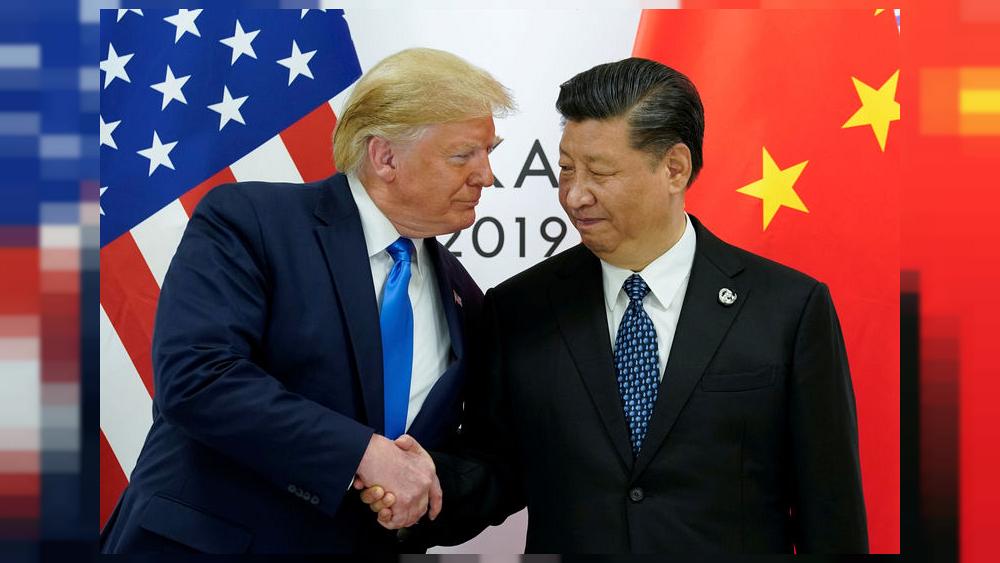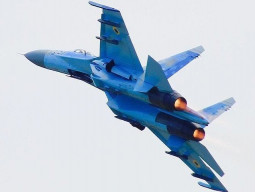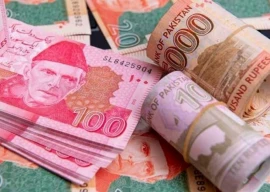
With the trade war simmering in the background, the US launched a worldwide push against Chinese technology giant Huawei, labelled Beijing a currency manipulator, passed the controversial Hong Kong Human Rights and Democracy Bill, intensified its drive to encumber China’s growing defence capabilities that eroded “America’s military advantages” and panned Communist Party of China (CPC) for being “truly hostile to the United States”.
By 2020, Beijing demonstrated incredible dexterity to cope with its economic slowdown, domestic crisis, international trade and technology disputes and effectively repelled the Washington-led crusade.
Amid the tensions, China delivered a surprising GDP growth rate of more than 6% in 2019. This can be attributed to its targeted reforms including the new Foreign Investment Law enacted from January 1, and provided foreign businesses greater market access, guaranteed intellectual property (IP) rights, proscribed forced technology transfer and allowed a level-playing field to domestic and international companies.
The structural changes paid off as 10 million Chinese were lifted from extreme poverty in the ongoing year and 12 million new jobs were created by October 2019. China will likely virtually form a “Xiaokang” or moderately prosperous society in 2020.
The Trump administration has largely relied on the trade war to miff Chinese economic growth. But with the New Year started off with the signing of the Phase One deal between Beijing and Washington — with CPC successfully besting the US-elicited damage, aimed at unsettling China’s and the global economic and trade system.
The US technology war on Chinese firms is in tatters too and even bolstered the native tech companies. Despite American restrictions, Huawei’s revenue grew by 24.4% in the first three quarters of 2019. In a year of mass 5G adoption, Huawei is set to transform China into the largest market of next-generation network by shipping 100 million 5G smartphones to the domestic market.
On the diplomatic front, the US continued to hoodwink the world in the wake of the pretended China’s debt trap, regional domination and military build-up. Beijing sensibly offset Washington’s diplomatic assault and hosted the Belt and Road Forum (BRF) and China International Import Expo (CIIE) to promote high quality cooperation with BRI countries and raise its imports from world, respectively.
China deactivated the US agenda about Beijing seeking strategic and military control in the Asia-Pacific region. It orchestrated dialogue for a better Asia, conducted joint military drills with the regional countries and promoted innovative concepts of mutual economic cooperation through the RCEP and BRICS forums.
Xi Jinping had intuited the looming threats to Beijing in the beginning of 2019 and had warned Chinese officials of “black swan” and “grey rhino” events, the unpredictable crisis or highly probable, high impact neglected problems.
His doubts soon materialised after riots wobbled Hong Kong in June on a relatively less consequential legislative issue to allow the transfer of fugitives among China, Hong Kong, Macau and Taiwan. Resultantly, the city’s GDP tanked to minus 1.3% for 2019, the first ever annual decline since 2009.
Given that Washington has hyped up every event in Beijing during 2019 in efforts to infringe upon its domestic affairs, Chinese overseers should be vigilant of US disruptive tactics including the redeployment of US troops from Afghanistan to Indo-Pacific.
President Xi’s advice to his fellow statesmen, to take precautionary measures is as real as it was last year. Via such organically coordinated, disciplined and tidy nationwide efforts, China can surely overcome the daunting challenges to its economy, technology and sovereignty in 2020.
Published in The Express Tribune, March 2nd, 2020.
Like Opinion & Editorial on Facebook, follow @ETOpEd on Twitter to receive all updates on all our daily pieces.


1719211536-0/BeFunky-collage-(81)1719211536-0-165x106.webp)




















COMMENTS
Comments are moderated and generally will be posted if they are on-topic and not abusive.
For more information, please see our Comments FAQ